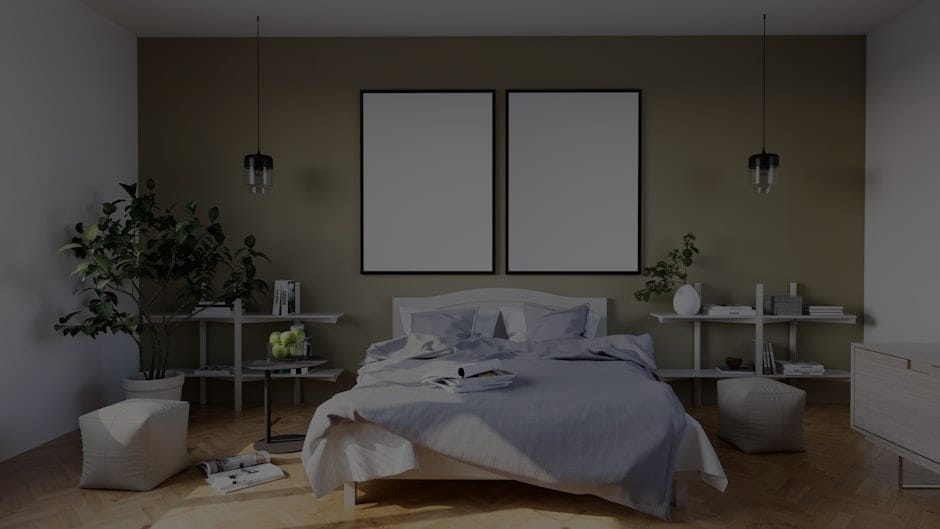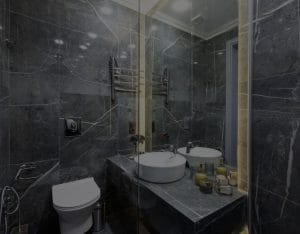**Abstract:**
Feng Shui is often surrounded by myths that can mislead homeowners seeking harmony in their living spaces. This article debunks common misconceptions and highlights what truly works to enhance your environment.
Understanding Feng Shui: The Basics
Feng Shui, an ancient Chinese practice, focuses on the arrangement of space to promote harmony and balance. Many believe it’s merely about decorative items, but its true essence lies in energy flow. By understanding how energy, or “Chi,” circulates within a space, one can create an environment that fosters peace and prosperity. This holistic approach combines elements of architecture, interior design, and environmental psychology, making it vital for anyone looking to optimize their living space.
Myth vs. Reality: Common Misconceptions
One prevalent myth is that Feng Shui requires expensive items or a complete home makeover. In reality, effective Feng Shui can be achieved through simple adjustments. For instance, decluttering is a powerful tool; it clears stagnant energy and promotes positive Chi flow. Many people overlook the importance of this practice, believing that elaborate decorations are the key to good Feng Shui. However, a tidy and organized space often yields more significant benefits than costly ornaments.
Color Psychology in Feng Shui
Colors play a crucial role in Feng Shui, influencing mood and energy levels. Many assume that simply using specific colors will automatically attract good fortune. While colors like red and green are associated with prosperity and growth, their effectiveness depends on context and personal resonance. It’s essential to consider how different colors make you feel and how they interact with your space. For example, a calming blue can promote relaxation, making it ideal for bedrooms, while vibrant yellow can energize a workspace.
The Role of Furniture Placement
Another common myth is that furniture placement is a rigid rule set in stone. In truth, it’s about creating a flow that feels right for you. The “command position,” where you can see the entrance while seated, is often touted as essential for good Feng Shui. However, the most important factor is personal comfort and functionality. Tailoring your furniture arrangement to your lifestyle will create a more inviting atmosphere, allowing for better energy circulation and a more pleasant living experience.
Natural Elements and Their Importance
Integrating natural elements into your living space is often seen as a luxury rather than a necessity. However, incorporating plants and natural light is vital for enhancing Chi. Plants not only purify the air but also bring life and vitality into a room. Natural light, on the other hand, uplifts the spirit and creates a warm ambiance. Many people underestimate these simple additions, yet they can profoundly impact overall well-being and energy levels.
Conclusion: Embracing Authentic Feng Shui Practices
In conclusion, debunking Feng Shui myths opens the door to genuine practices that enhance your living space. By focusing on decluttering, understanding color psychology, and integrating natural elements, you can create a harmonious environment that truly resonates with you. Remember, Feng Shui is not about following strict rules but about creating a space that feels good and supports your lifestyle. Embrace these authentic practices, and watch your living space transform into a sanctuary of peace and positivity.










